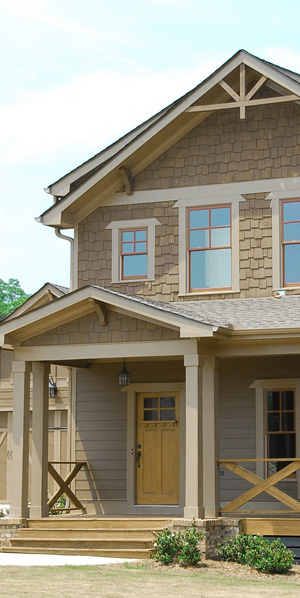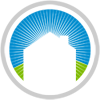Green Building
 Green building means improving a home’s design and construction practices so that the houses we build can last longer, cost less to operate, and will not inadvertently cause harm to residents health. Green building practices also involve the protection of natural resources, and improving the overall built environment so that communities, residents and ecosystems can prosper and thrive.
Green building means improving a home’s design and construction practices so that the houses we build can last longer, cost less to operate, and will not inadvertently cause harm to residents health. Green building practices also involve the protection of natural resources, and improving the overall built environment so that communities, residents and ecosystems can prosper and thrive.
It’s a win-win situation growing in popularity each year. If you are building or renovating, here’s a basic checklist for talking with your builder or contractor::
- Ask about energy efficient home features. builders can qualify through participation in a nationally established program such as Energy Star, through local affiliations such as a utility company’s energy efficient building program, or through specific materials selection for housing components.
- Look for innovative, efficient use of space in the home’s interior layout.
- Ask about the use of advanced building envelope technologies and materials (ex: higher R-values, insulation, and wind-resistance features).
- Check to see if your builder offers extended home warranties on materials and/or workmanship.
- Look for energy efficient appliances, lighting, heating, cooling, ventilation and water heating systems, and windows.
- Ask about “green building” aspects of the home and the community.
- Learn about the home’s Indoor air quality improvement features, such as low-VOC cabinets, carpets, carpet padding and paints, are increasingly important.
- Environmentally friendly landscaping (ex: xeriscaping, and the use of deciduous trees for shade in summer) can reduce energy bills.
- Ask about upgrades to minimum building code standards. (Exceeding building codes in one or more of the home’s components.)
The National Renewable Energy Laboratory has tips on designing and building an energy efficient house, with topics like proper insulation, heating and cooling systems, the foundation, and the use of energy efficient appliances. Includes a discussion on technological improvements in building elements and construction techniques. Assess the Adobe PDF Document at: www.nrel.gov/docs/fy00osti/27835.pdf.
The U. S. Department of Energy’s Energy Efficiency and Renewable Energy (EERE) Building Technologies Program works to improve the energy efficiency of buildings through innovative new technologies and building practices. Their research activities help to advance the next generation of energy-efficient components and building materials, and advocate a whole-building approach that optimizes building performance and savings. Their work promotes the idea that energy-efficient buildings use less energy and cost less to operate, saving money for homeowners. These practices also help the environment and our national economy. Their web site contains a section on saving energy for homeowners. www.eere.energy.gov/buildings.


